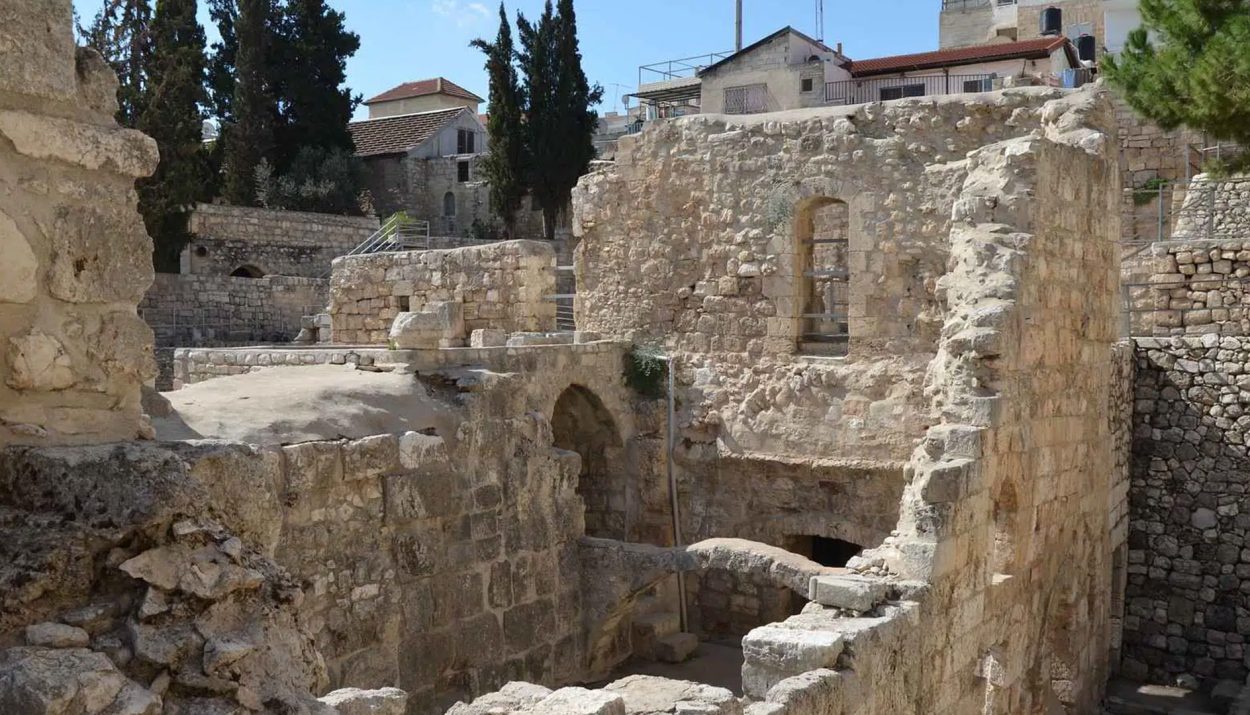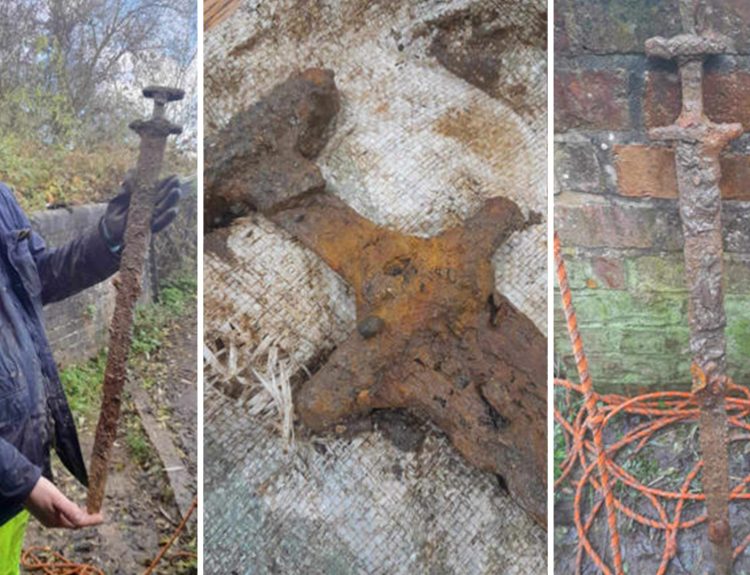Over the centuries, archaeologists have made discoveries that confirm the historical accuracy of the Bible. From artifacts to cities, here are 12 remarkable finds that provide evidence for the Bible’s reliability.
Seal of King Hezekiah Discovered in Jerusalem
In 2009, archaeologists uncovered a seal belonging to King Hezekiah, who ruled Jerusalem in the 8th century BC. The artifact features his name and iconography, verifying the king’s identity and reign as described in 2 Kings.
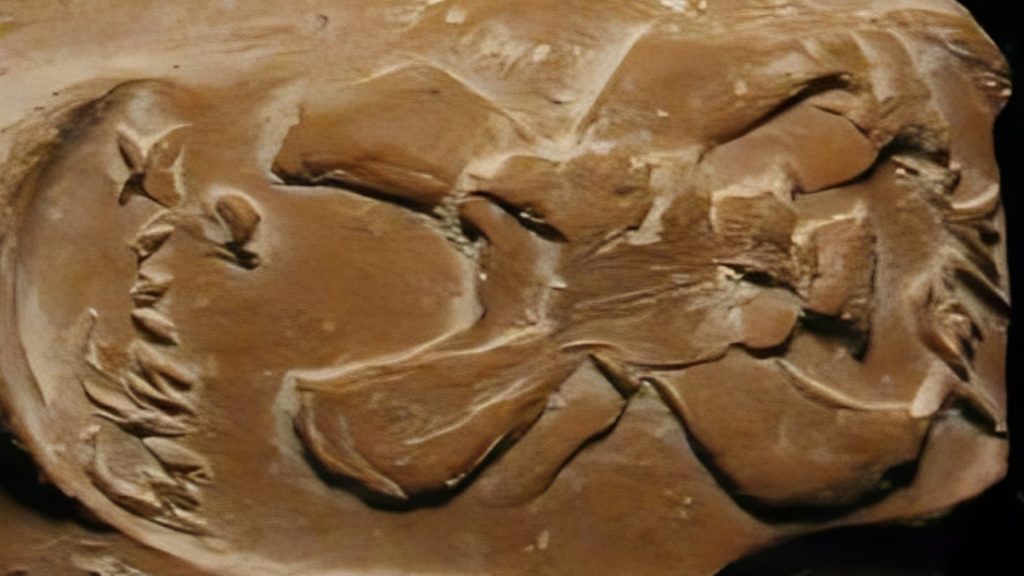
This rare discovery substantiates that Hezekiah was a real historical figure, confirming the Bible’s account of his rule during a pivotal period. The artifact also validates the scripture’s depiction of governmental practices at the time.
Ancient Biblical Scrolls Found Intact in Qumran Caves
In 1947, Bedouin shepherds stumbled upon jars in Qumran housing incredibly preserved Dead Sea Scrolls. These manuscripts contain Hebrew texts of every Old Testament book except Esther, verifying the Bible’s historical integrity.
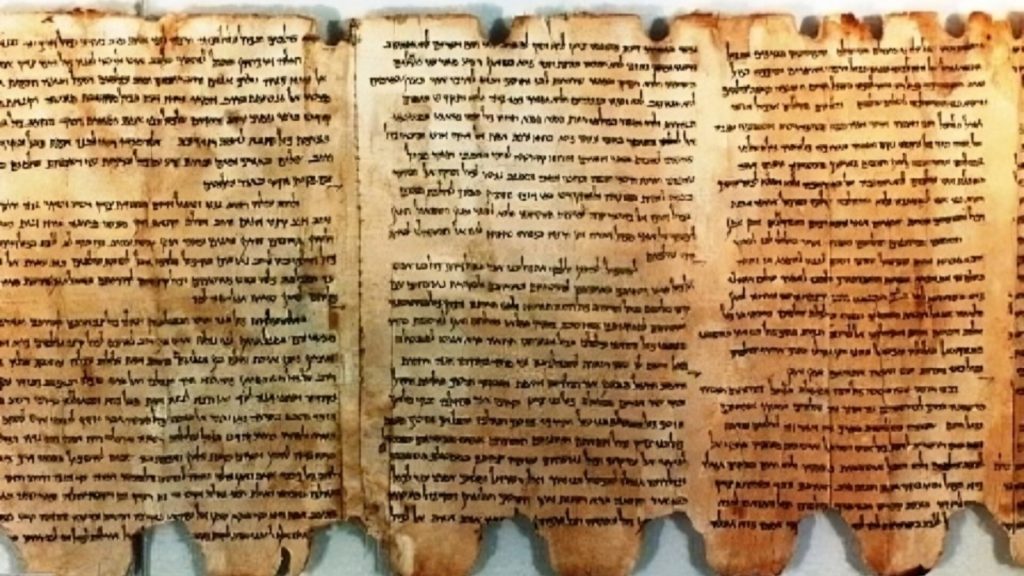
The Dead Sea Scrolls provide tangible proof that biblical accounts were recorded accurately, remaining unchanged for over a thousand years. They also open a window into early Judaism and the roots of Christianity.
Archaeologists Unearth Biblical Pool of Bethesda
According to John 5:2-9, Jesus healed a paralyzed man by the pool with five porches in Bethesda. In the 19th century, archaeologists found this large reservoir near Jerusalem’s Sheep Gate surrounded by four colonnaded porticoes. Coincidence? I think not.

This discovery of the rare pentagonal pool confirms the existence and recognition of Bethesda during the Second Temple times. It also verifies the setting of this Gospel narrative regarding one of Christ’s miracles.
House of King David Reference Found on Ancient Inscription
In 1993, archaeologists discovered the earliest extra-biblical reference to the dynasty of King David on the Tel Dan inscription. The fragment explicitly uses the phrase “House of David” validating the biblical King’s line.

This artifact provides concrete evidence that David had a ruling family – a fact often disputed by a multitude of scholars worldwide. It confirms that the biblical account of a Davidic line of kings is factual, not mythical.
Ancient Remains of the Coastal City Tyre Unearthed
In Ezekiel 26, the prophet predicts the destruction of Tyre at the hands of Nebuchadnezzar. Excavations have revealed sieges, collapsed walls, and ruins – evidence of this demise.
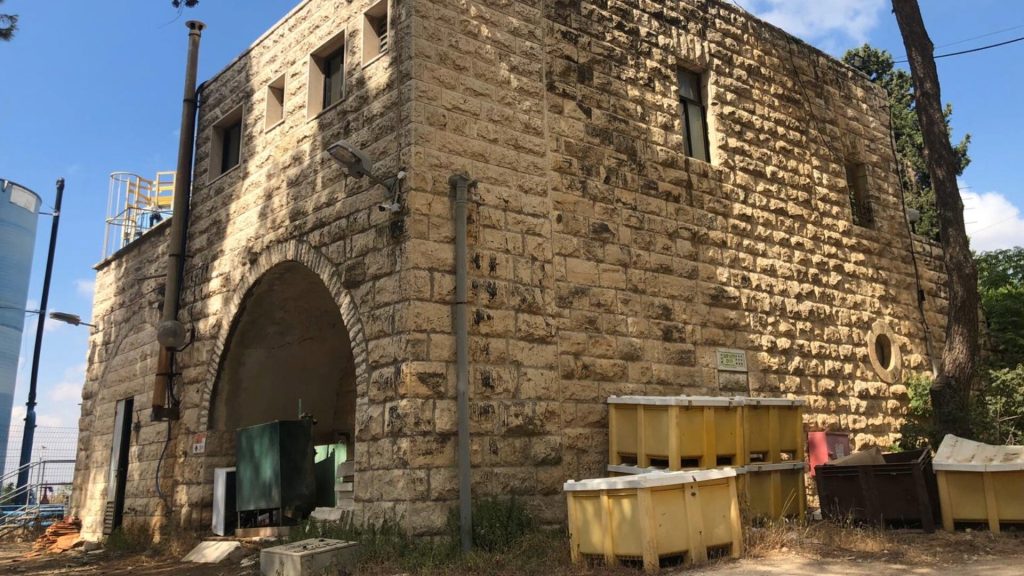
With ancient cities, absence of evidence doesn’t mean evidence of absence. In Tyre’s case, the unequaled, lasting ruins testify to the Bible’s account coming true concerning the city’s great collapse.
Siloam Pool Where Jesus Healed Blind Man Identified
According to the Gospel of John, Jesus commanded a blind man to wash the mud from his eyes in the Pool of Siloam located southeast of Jerusalem.
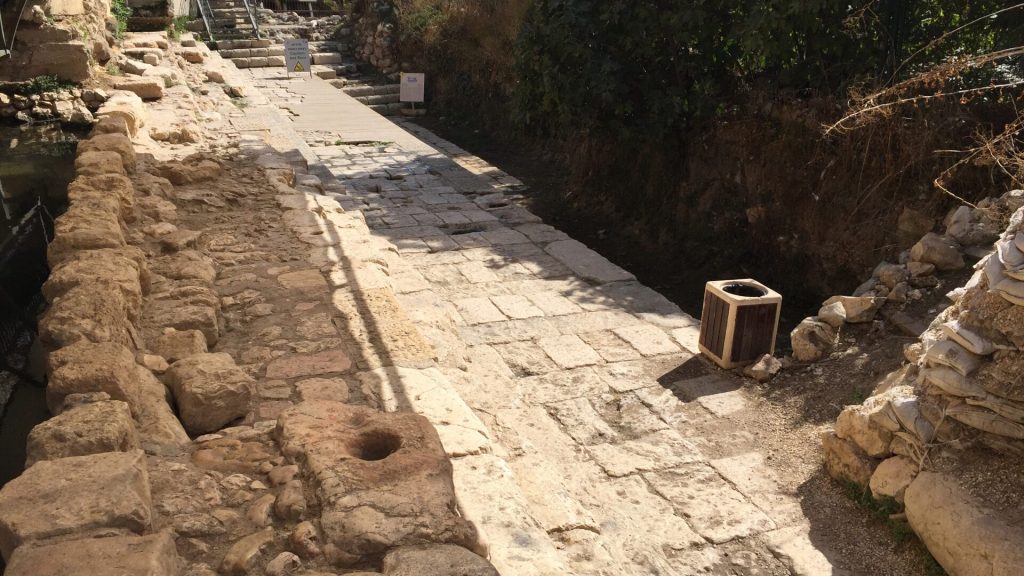
In 2004, archaeologists uncovered the remains of this very pool dating back to the Second Temple Period, providing geographical context for the Gospel account.
Inscription Bearing Name of Pontius Pilate Found at Herod’s Palace
In 1961, Italian archaeologists excavating Herod’s palace near Bethlehem uncovered a limestone block bearing the inscription “Pontius Pilate, Prefect of Judea” confirming he governed during the time of Jesus. This artifact cements Pilate as a verifiable biblical figure who sentenced Jesus to crucifixion. It also supports the historical accuracy of crucifixion as a punishment used by the Romans during that period.

This discovery verifies Caesarea as Pilate’s center of administration, where he would travel from Jerusalem. As part of Herod the Great’s coastal palace, the identification of this stone lintel definitively proves Pilate and Herod both occupied this complex. The artifact’s origin from this important site also anchors the pivotal biblical moments between these two rulers in a real geographic location during a volatile political era in Judea’s history.
Hometown Proof: Remains of Nazareth Houses Excavated
Some historians questioned Nazareth’s existence since the New Testament mentions it as Jesus’ childhood town. However, house remains were uncovered in 2009 proving a small village existed there in Jesus’ time.

This evidence categorically refutes skepticism over whether Nazareth was still inhabited between the 7th century BC and the late 1st century AD when Jesus lived there. It bolsters the scriptural authenticity regarding Christ’s upbringing.
Western Wall Ruins Demonstrate Jewish Temple Destruction
According to historical sources, the Second Temple fell in 70 AD after a Roman siege. The sole survivor – the Western Wall – still stands in Jerusalem’s Old City testifying to this catastrophic biblical event.
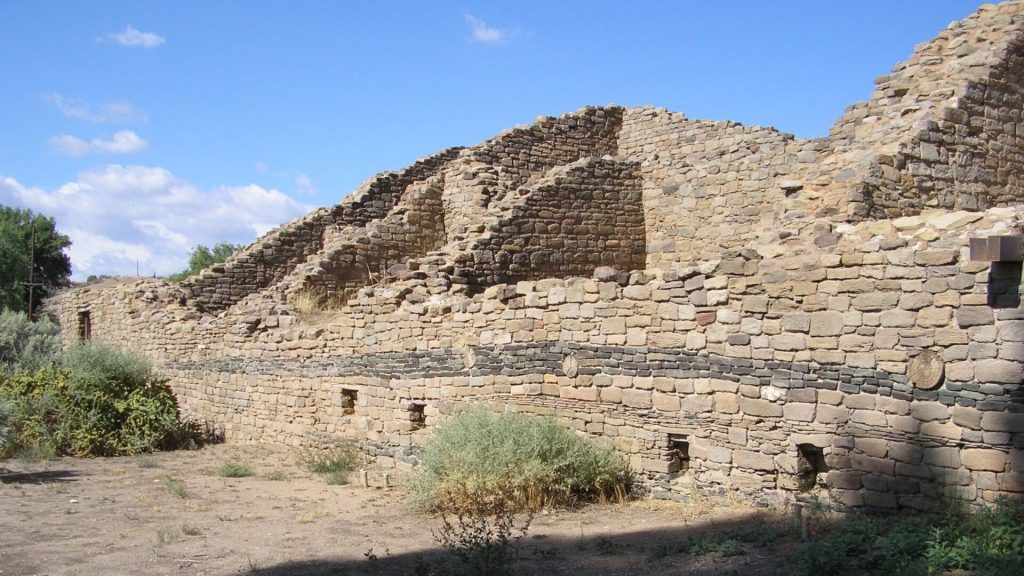
The remains of Judaism’s holiest site prove its documented destruction, providing visible confirmation regarding this pivotal moment. They also illustrate the Wailing Wall’s enduring spiritual significance.
Seaside Town Capernaum is Confirmed as Jesus’ Base
In the Gospels, Capernaum by the Sea of Galilee serves as Jesus’ home base during his ministry. In 1838, American explorer Edward Robinson pinpointed its location, with excavations uncovering fishing equipment, houses, and roads.
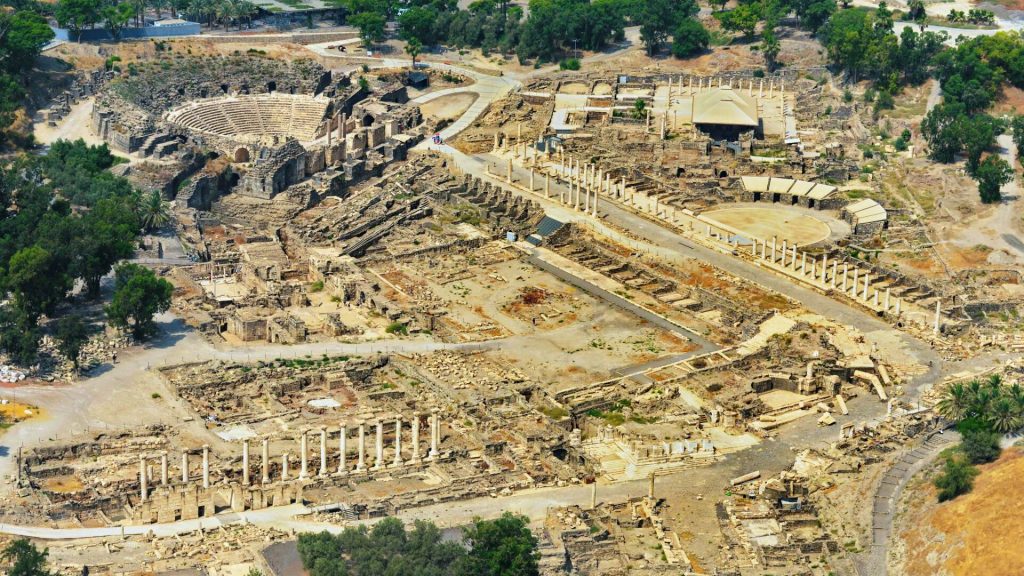
Archaeological evidence substantiates Capernaum as a fishing village inhabited from the 2nd century BC to the 11th century AD. This proves Jesus could have made it central for performing miracles and preaching to crowds as recounted in Gospel passages.
Rare Limestone Inscription Confirms Pontius Pilate’s Role
In 1961, archaeologists recovered a partial inscription bearing “Pontius Pilate, Prefect of Judea” who authorized Jesus’ crucifixion per the Bible. This stone lintel was reused in Herod’s palace near Bethlehem.
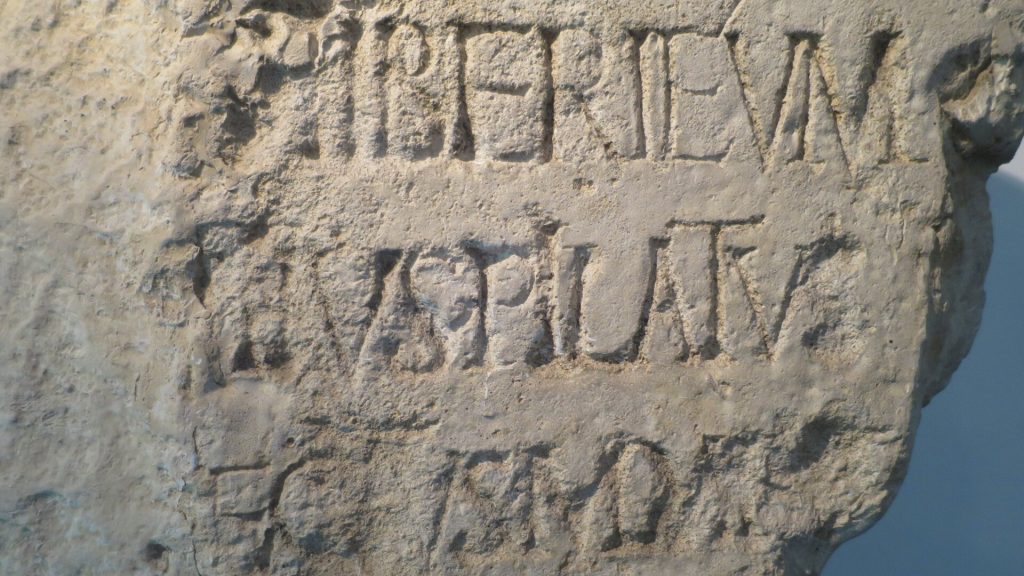
As the only non-biblical reference to Pilate, it puts to rest doubts over his existence and governance in Judea. It also supports the scriptural timeline, placing his rule from 26 to 36 AD aligning with Jesus’ death.
Evidence of Christ’s Path on Via Dolorosa Street Unearthed
The winding Via Dolorosa through Jerusalem’s Old City is believed to have been the route Jesus walked, carrying his cross. Excavations revealed flagged paving stones from Hadrian’s time.
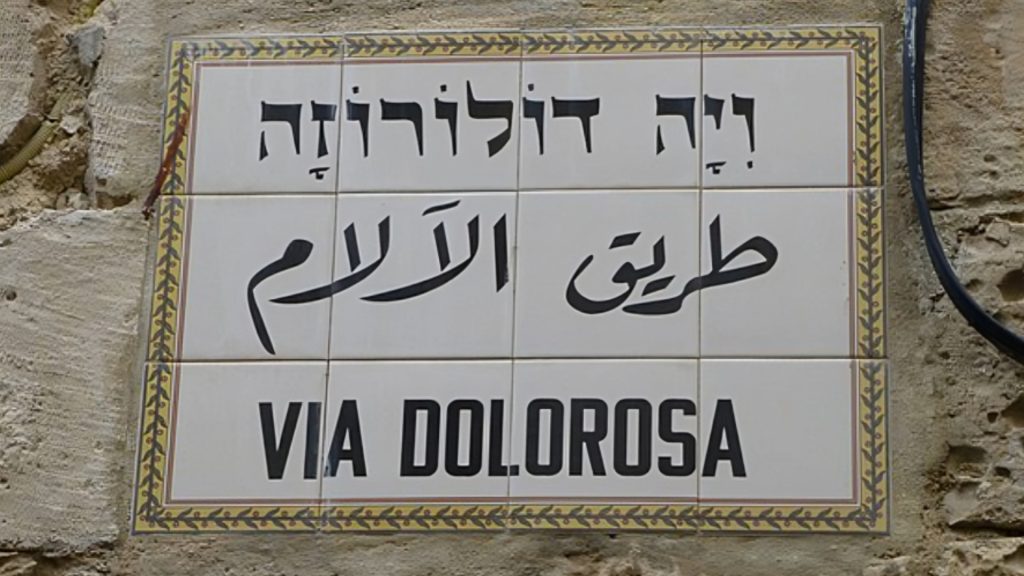
This discovery dates the pathway to the 1st century AD, coinciding with the Holy Week timeline. The unearthed street spans the entire Via Dolorosa, lending credence that Christ trod this path during his agonizing journey.
Nearby Garden Tomb Offers Evidence Supporting Christ’s Burial
Just outside Jerusalem’s Old City walls, a rock-cut tomb reflecting the 1st-century burial style resides in a garden setting. This site’s location and features suggest it is a strong candidate for Jesus’ grave.
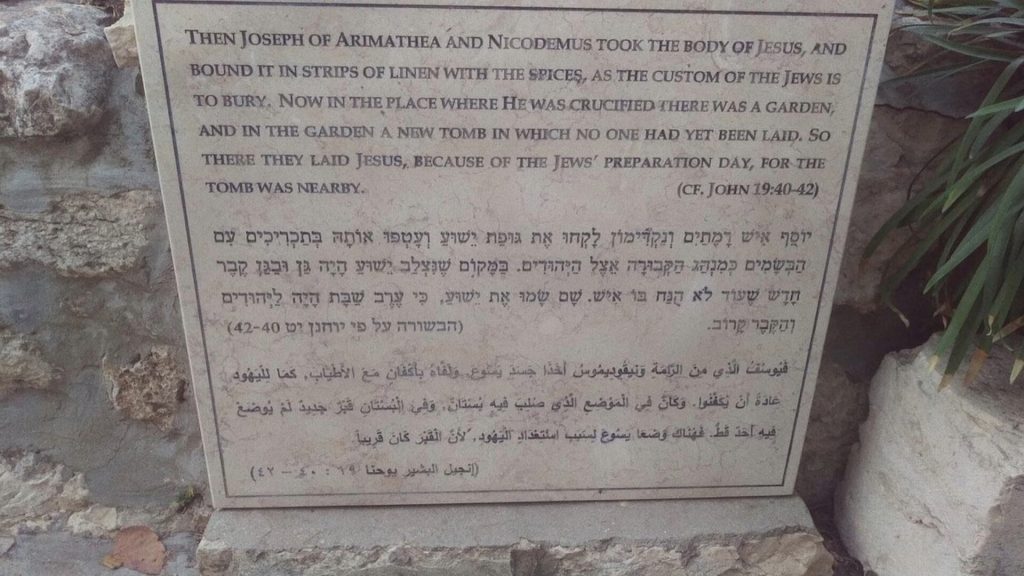
While its precise authenticity is debated, this tomb’s characteristics match John’s description. Nearby rock features also point to evidence of crucifixion taking place there, indicating the site’s credible link to Jesus’ death and burial.
Artifacts Support Biblical Exodus Account of Enslaved Israelites
For years skeptics doubted the Biblical Exodus story due to the absence of artifacts in Egypt’s archaeological records. However, evidence found confirms slavery practices, brick-making methods, and living conditions align with scriptural accounts.

These small fragments provide subtle clues that echo the biblical story of Hebrew enslavement by Egypt’s pharaohs. They present strands in a complex historical tapestry that lends plausibility to the scriptural narrative.
Tangibility from Texts to Towns that Affirms Scripture
Spanning thousands of years, these 12 archaeological discoveries shed light on biblical events and figures that reshaped spiritual history. The unearthed ruins, artifacts, and inscriptions make tangible what was once only ink on parchment.

From the monumental Jerusalem temple remains to a fragment bearing Pilate’s name, the physical evidence paints a portrait aligned with scriptural accounts – affirming its historical authenticity through the ages.

